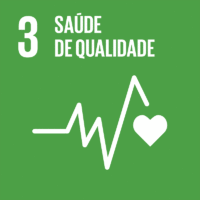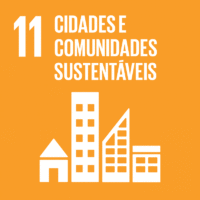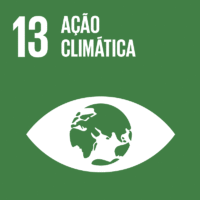Ciência_Iscte
Publicações
Descrição Detalhada da Publicação
Título Revista
Landscape and Urban Planning
Ano (publicação definitiva)
2021
Língua
Inglês
País
Países Baixos (Holanda)
Mais Informação
Web of Science®
Scopus
Google Scholar
Esta publicação não está indexada no Overton
Abstract/Resumo
Past research has described positive associations between exposure to urban greenspaces and people's physical activity. However, there is variation in the relationship since it may differ according to the type of physical activity, socio-economic factors and use, as well as intrinsic characteristics of greenspaces. This study assesses the influence of urban greenspaces on distinct types of physical activity accounting for indicators such as vegetation quantity, tree cover density and green surface. The study combines data of a survey across Spain (n = 2063) with data derived from satellite imagery – including normalized difference vegetation indexes (NDVI), tree cover density and land-use cover data. A generalized linear mixed model was used to evaluate the association between urban greenspaces and physical activity as well as to evaluate the effect of main socio-economic determinants. After adjustment for potential confounders, greater availability in greenspace was found to be related with decreased sedentary time and increased walking. Besides exposure to urban greenspaces, physical activity was found to be associated with household income, pro-environmental attitudes, lifestyles and eating habits. The results also showed that exposure to greenspaces in rural areas had considerably weaker effect than in urban areas. The results suggest that efforts should be made to provide access to new greenspaces where possible, in order to foster walking and improve population health.
Agradecimentos/Acknowledgements
--
Palavras-chave
Greenspace,Health,NDVI,Physical activity,Sedentary behaviour
Classificação Fields of Science and Technology
- Ciências da Terra e do Ambiente - Ciências Naturais
- Ciências Biológicas - Ciências Naturais
- Geografia Económica e Social - Ciências Sociais
Registos de financiamentos
| Referência de financiamento | Entidade Financiadora |
|---|---|
| 667364-2 | Comissão Europeia |
| UIDB/03125/2020 | Fundação para a Ciência e a Tecnologia |
Contribuições para os Objetivos do Desenvolvimento Sustentável das Nações Unidas
Com o objetivo de aumentar a investigação direcionada para o cumprimento dos Objetivos do Desenvolvimento Sustentável para 2030 das Nações Unidas, é disponibilizada no Ciência_Iscte a possibilidade de associação, quando aplicável, dos artigos científicos aos Objetivos do Desenvolvimento Sustentável. Estes são os Objetivos do Desenvolvimento Sustentável identificados pelo(s) autor(es) para esta publicação. Para uma informação detalhada dos Objetivos do Desenvolvimento Sustentável, clique aqui.

 English
English




